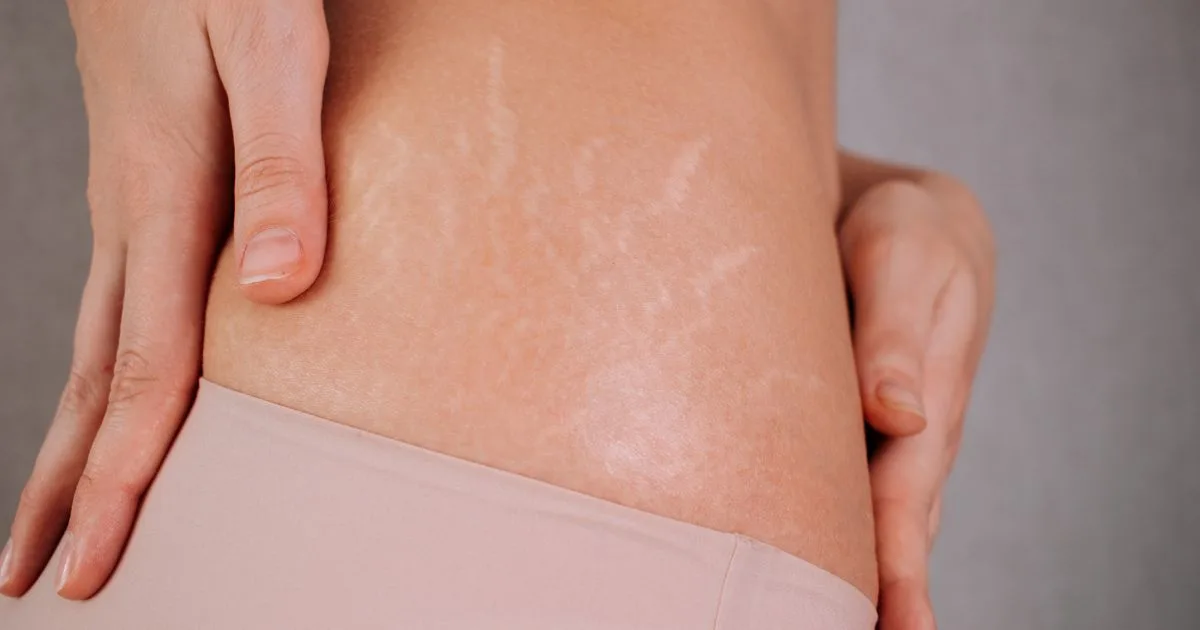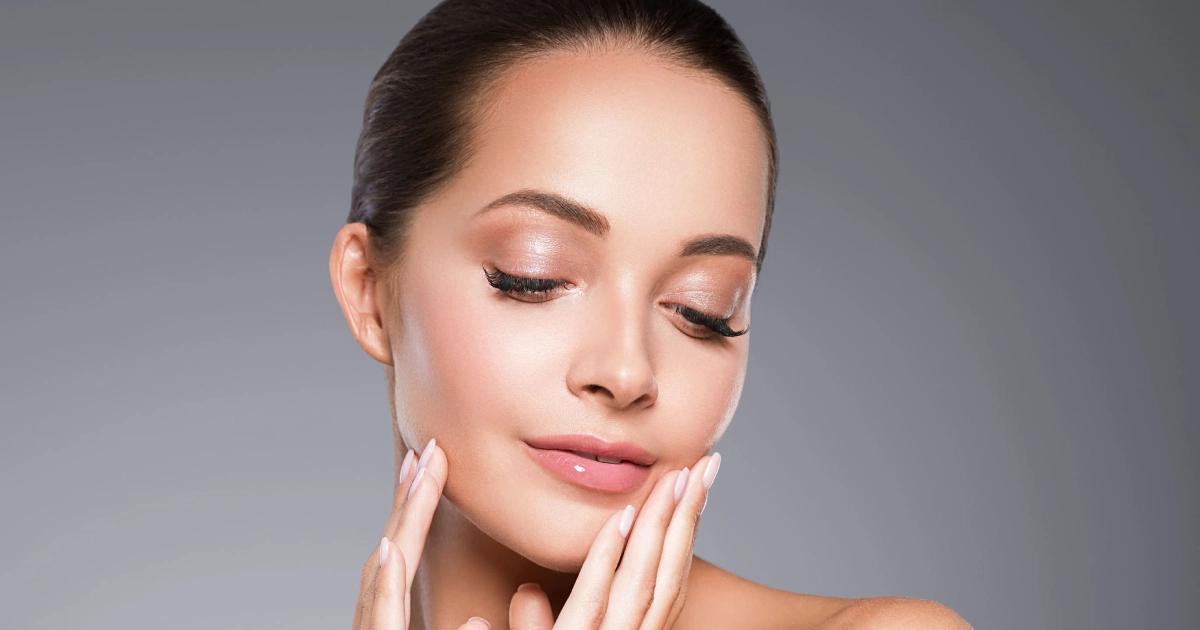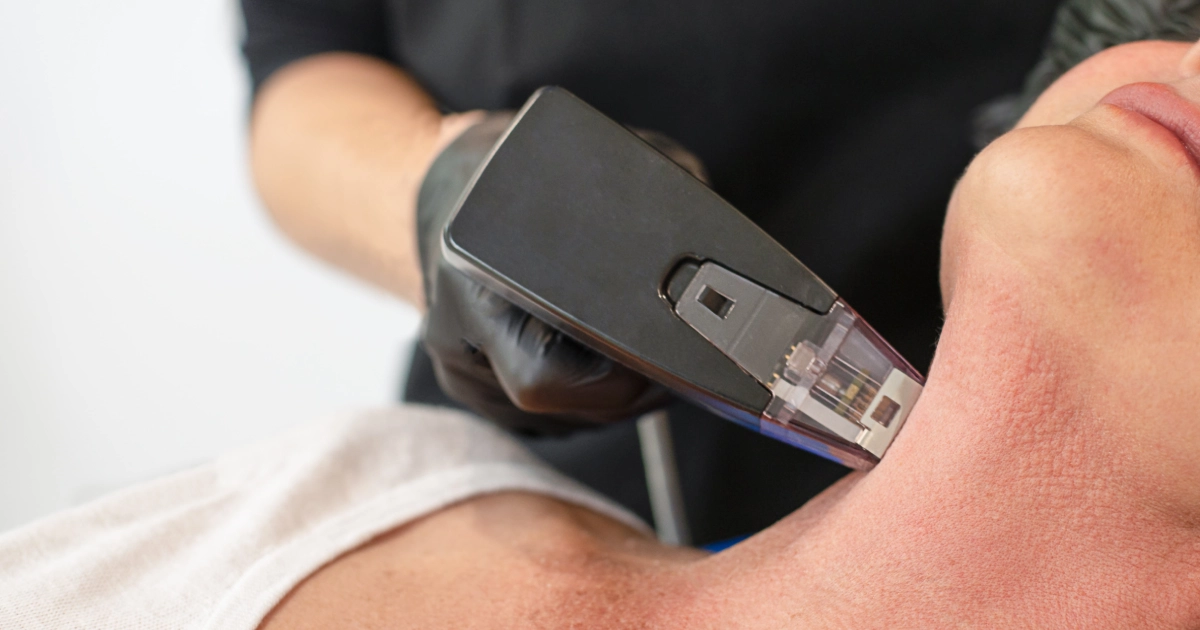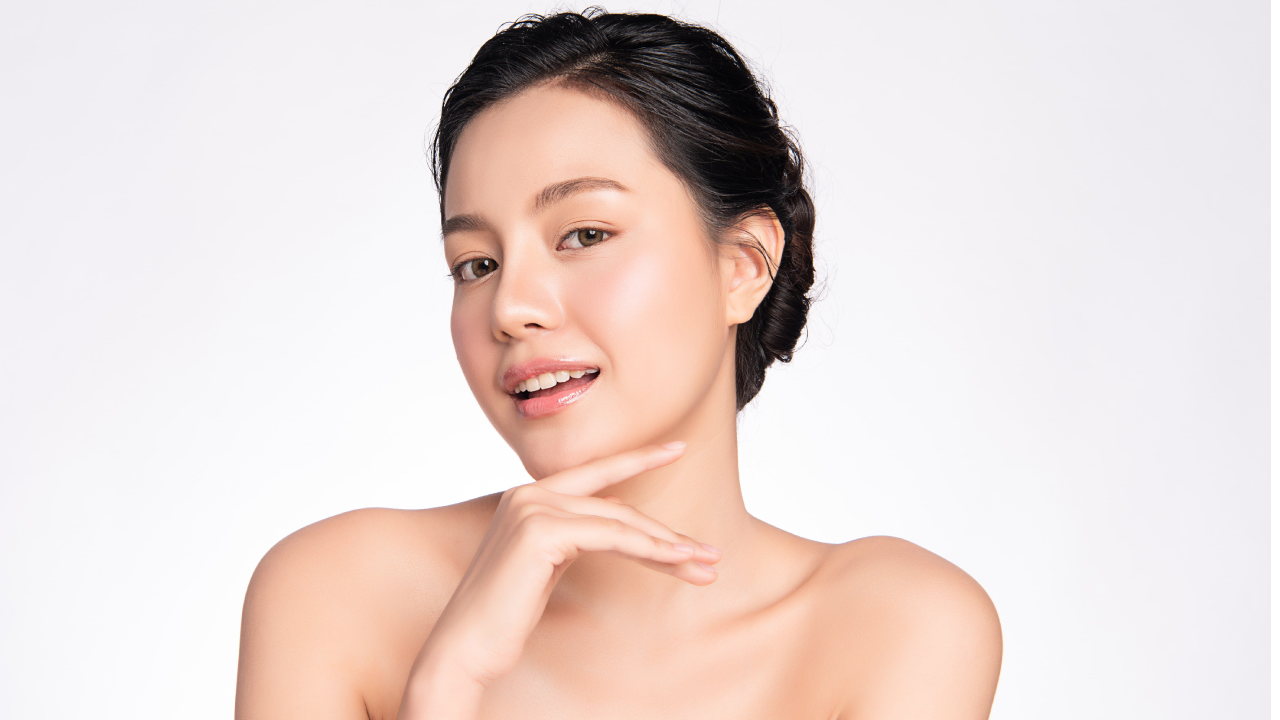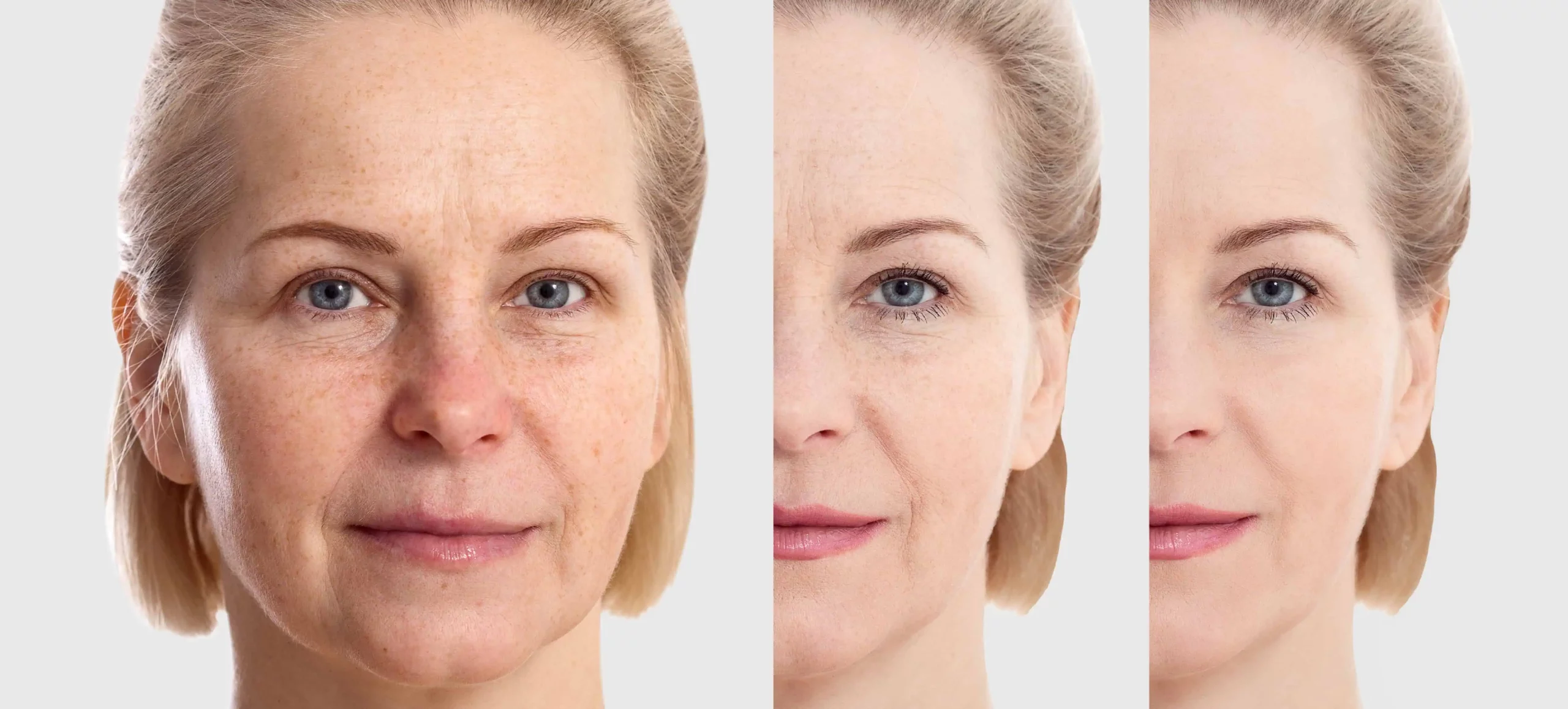Table of Contents
Rosacea is a common skin condition that affects millions of people, causing redness, visible blood vessels, and sometimes bumps similar to acne. While rosacea isn’t life-threatening, its impact on your skin’s texture and appearance is significant. For many people, it leads to self-consciousness and discomfort in social settings. Thankfully, modern Rosacea Treatment options can improve not only the symptoms but also the overall texture of the skin. In this blog, we’ll look closer at how treating rosacea can lead to smoother, more even skin texture and what you can expect from the available treatments.
Understanding Rosacea and Its Effects on Skin Texture
Rosacea is a chronic skin condition that primarily affects the face. It often begins with a tendency to flush or blush more quickly than others. Over time, the redness can become more persistent and noticeable, with small, swollen blood vessels appearing on the cheeks, nose, and forehead. In some instances, rosacea can result in skin thickening, which causes a rough and uneven texture.
Many individuals with rosacea struggle with their skin’s changing texture, which can become bumpy, irritated, and inflamed. The good news is that Rosacea Treatment can help manage these symptoms and restore a smoother skin texture. Let’s explore how different treatments address rosacea’s visible and textural aspects.
Common Symptoms of Rosacea
Before diving into treatment options, it’s essential to recognize the symptoms of rosacea treatment. Although the condition varies from person to person, some common signs include:
- Persistent redness, particularly on the face
- Visible blood vessels (often on the nose and cheeks)
- Small, pus-filled bumps that resemble acne
- Dry, irritated skin
- Burning or stinging sensations
- Thickened skin, especially around the nose (in more severe cases)
These symptoms can fluctuate, with periods of flare-ups and remission. Identifying your rosacea triggers, such as sun exposure, stress, spicy foods, or alcohol, can help manage flare-ups, but professional Rosacea Treatment is often necessary for long-term improvement.
How Rosacea Affects Skin Texture
Rosacea treatment can significantly impact your skin’s texture. While the visible redness is one of the most recognizable symptoms, the underlying inflammation and blood vessel issues can also lead to changes in skin smoothness. Many individuals experience rough patches, bumps, or thickened areas, especially in the more advanced stages of the condition.
The prolonged inflammation associated with rosacea can cause the skin to lose its natural softness and elasticity. If left untreated, these textural changes may become more pronounced over time, so early and ongoing treatment is essential.
Treatment Options for Rosacea
Rosacea is a long-term skin disorder that can make people uncomfortable and self-conscious. Numerous therapy choices are available to control the symptoms and enhance the skin’s texture with Rosacea. Here, we’ll explore some of the most effective treatments, including Intense Pulsed Light (IPL) treatments, Laser Genesis, facial treatments, and chemical peels.
Intense Pulsed Light (IPL) Treatments
Intense Pulsed Light (IPL) treatments are one of the most effective therapies for rosacea. This non-invasive procedure uses broad-spectrum light to target the underlying causes of rosacea symptoms, such as redness and visible blood vessels. Here’s how IPL works and what you can expect:
- How It Works: IPL emits multiple wavelengths of light that penetrate the skin’s surface. This light targets and constricts the blood vessels responsible for redness while promoting collagen production to improve overall skin texture.
- Expected Results: Many patients report a noticeable decrease in redness after just one or two sessions; however, several treatments are usually necessary to achieve the best effects. After the last session, skin tone and texture improvements may not fully manifest for several months.
- Treatment Plan: Depending on the severity of your rosacea, a typical treatment plan may involve 3-6 sessions spaced a few weeks apart. Each session usually takes 30 minutes to an hour, with minimal downtime afterward.
Laser Genesis
Laser Genesis is another effective treatment for rosacea, focusing on improving skin texture and reducing redness without causing significant downtime. This gentle, non-invasive laser therapy offers several benefits:
- How It Works: Laser Genesis uses a non-ablative laser that delivers heat to the deeper layers of the skin. This stimulates collagen production and reduces inflammation, addressing the root causes of rosacea symptoms.
- Expected Results: Patients often report immediate improvement in redness and overall skin tone, with further enhancements in skin texture becoming noticeable over the following weeks. Many individuals appreciate that the treatment is pain-free and requires no recovery time.
- Treatment Plan: 4-6 sessions are typically recommended for optimal results. Each session lasts about 30 minutes, allowing easy scheduling within a busy lifestyle.
Facial Treatments
Facial treatments designed explicitly for rosacea can also be highly beneficial. These treatments focus on calming inflammation, hydrating the skin, and promoting a healthy complexion.
- Types of Facials: Some popular facial treatments for rosacea include hydrating facials, calming facials, and those that incorporate gentle exfoliation.
- Expected Results: Many patients experience immediate relief from redness and irritation and improved skin texture. Regular facial treatments can help maintain healthy skin and prevent flare-ups.
- Professional Guidance: It is imperative to speak with a skincare expert to find the ideal facial for your unique skin type and rosacea symptoms.
Chemical Peels
Chemical peels are a valuable treatment for rosacea patients who want to improve the texture of their skin, mainly if their symptoms are moderate. During these procedures, a chemical solution is applied to the skin to assist in exfoliating dead skin cells and encourage cell turnover.
- Types of Peels: Gentle chemical peels, such as those with alpha-hydroxy acids (AHAs) or beta-hydroxy acids (BHAs), are ideal for rosacea-prone skin. These peels are less likely to irritate the skin while providing exfoliation benefits.
- Expected Results: Chemical peels can help reduce the appearance of redness, improve skin texture, and enhance overall radiance. While results can vary, many patients experience improvements following a single treatment; a series of peels is necessary to attain the best results.
- Treatment Plan: Chemical peels are typically performed every 4-6 weeks, depending on the type of peel and the individual’s skin sensitivity.
Conclusion
Rosacea treatment can be managed effectively with the right treatment plan tailored to your needs. IPL treatments, Laser Genesis, specialized facial treatments, and chemical peels can help reduce redness, improve skin texture, and boost confidence. Consulting with a skin care professional can help you determine the best approach for your specific symptoms and goals. If you’re looking for effective rosacea treatment options, contact Walnut Creek Aesthetics today. Our experienced professionals are here to help you achieve clearer, smoother skin through personalized care and expert treatments.




